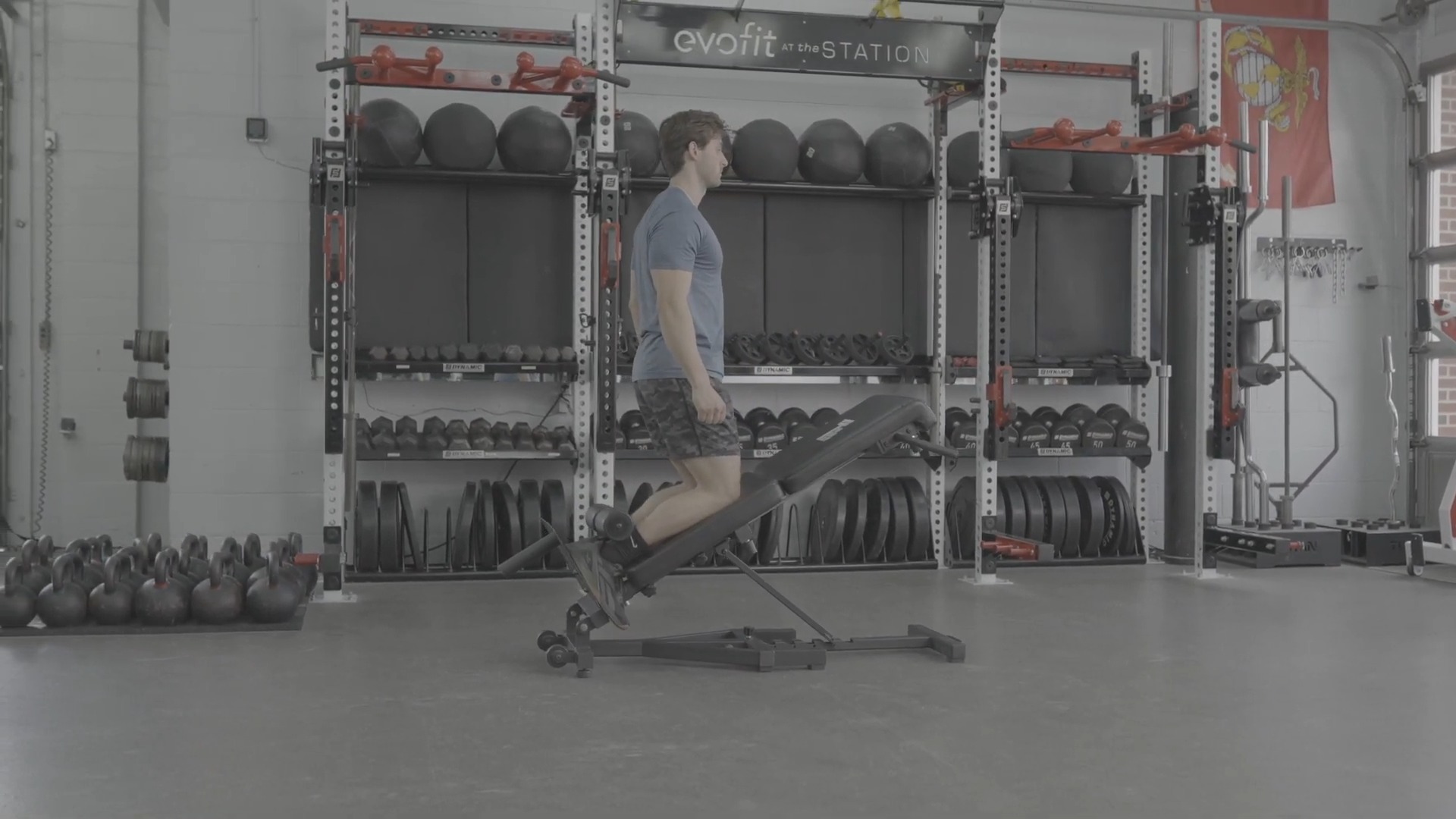
What Muscle Do I Work with a Back Extension Bench? – Benefits of Core Exercises
In the realm of fitness, there are countless exercise machines designed to target specific muscle groups. One such apparatus that often goes overlooked is the back extension bench.
This unassuming piece of equipment may seem simple, but it holds the key to unlocking a multitude of benefits for your body.
In this article, we will delve into the realm of the back extension bench, exploring the muscles it engages, and uncovering its potential for enhancing your overall strength and well-being.
The Lumbar Region: A Core Connection
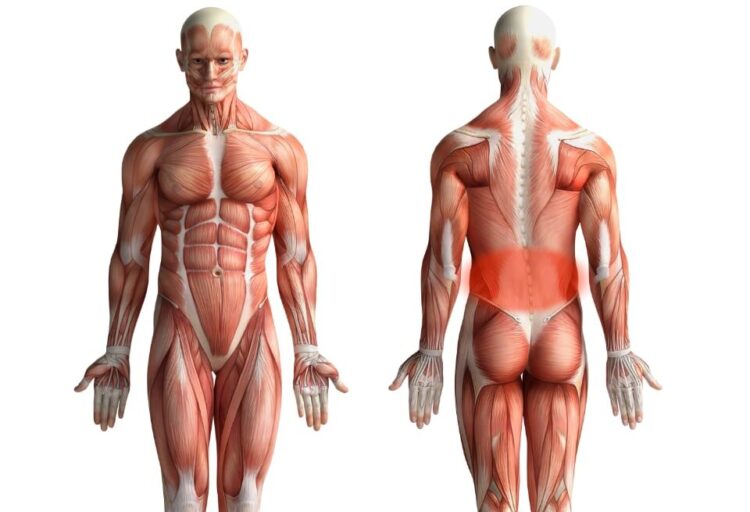
As we settle onto the back extension bench, we initiate a series of movements that primarily engage the muscles of our lower back, commonly known as the erector spinae.
These deep muscles play a vital role in stabilizing and extending the spine. By positioning ourselves on the back extension bench, we isolate and target the lumbar region, effectively strengthening our core and improving our posture.
Gluteal Muscles: Powerhouses of Stability
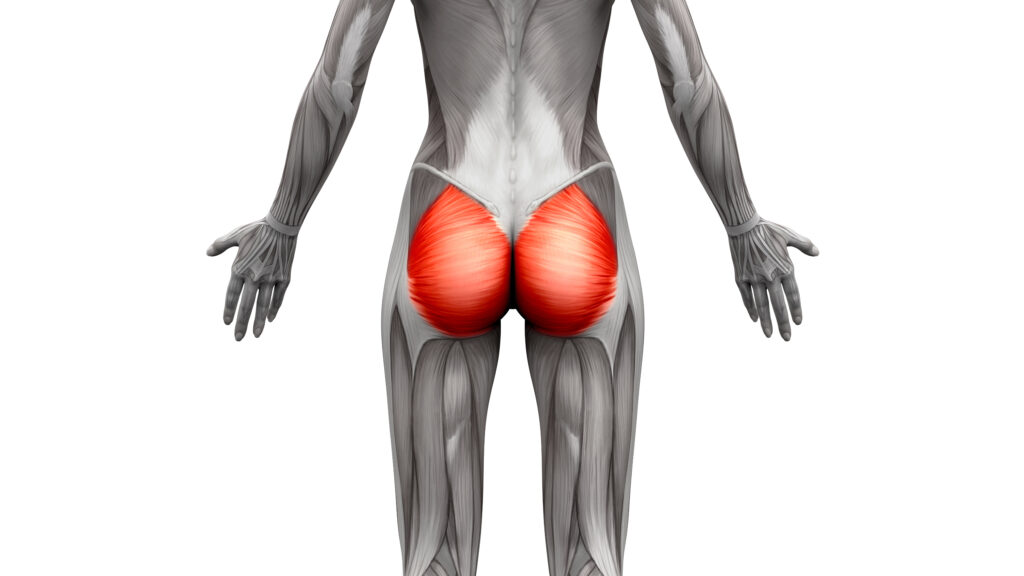
While the back extension bench primarily focuses on the lower back, it also activates an array of other muscles, including the gluteus maximus, medius, and minimus.
As we perform the extension movement, these muscles fire up, working in synergy to stabilize the pelvis and maintain balance.
Strengthening the gluteal muscles not only enhances athletic performance but also contributes to a sculpted and toned posterior.
Hamstrings: Unleashing the Power
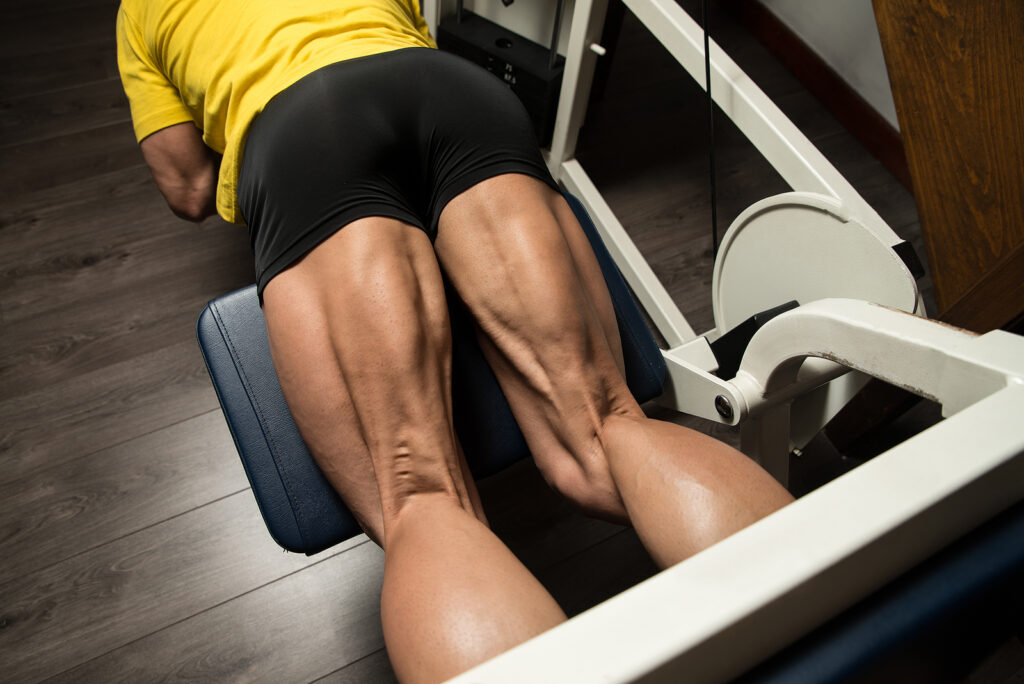
Engaging the hamstrings during back extension exercises is a significant benefit that often goes unnoticed.
These muscles, located at the back of the thigh, work in conjunction with the lower back muscles to extend the hips.
By flexing and extending the legs on the back extension bench, we effectively target and strengthen the hamstrings, improving both their strength and flexibility.
Abdominals: A Supporting Role
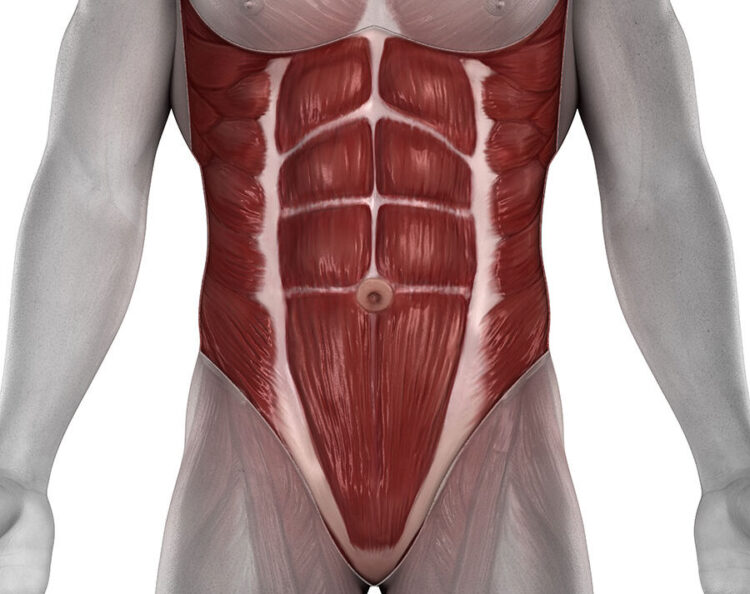
While the back extension bench predominantly targets the posterior chain, it also engages the abdominal muscles, albeit to a lesser extent.
The rectus abdominis and obliques play a supportive role by contracting to stabilize the trunk during the movement.
This engagement helps develop a balanced and well-rounded core, leading to improved overall strength and functional movement.
Additional Benefits of the Back Extension Bench
Aside from the specific muscles targeted, working on a back extension bench provides a host of additional benefits for the body and mind.
Regular use of this equipment can improve flexibility, enhance posture, alleviate lower back pain, and even reduce the risk of future injuries.
Furthermore, incorporating this bench into your exercise routine can enhance overall athletic performance by strengthening the core and improving stability.
Knowing how to develop your own workout routine comes with its own benefits and injury prevention.
Conclusion
The back extension bench is an often-overlooked piece of equipment that offers a multitude of benefits for the body.
By engaging the muscles of the lower back, glutes, hamstrings, and core, this versatile apparatus strengthens and stabilizes the body, improving posture, flexibility, and overall strength.
Understanding the hidden muscles activated in these exercises can help you maximize your workout and unlock your body’s true potential.
So, the next time you step into the gym, don’t forget to give this bench the attention it deserves and watch your body transform into a powerhouse of strength and stability.
